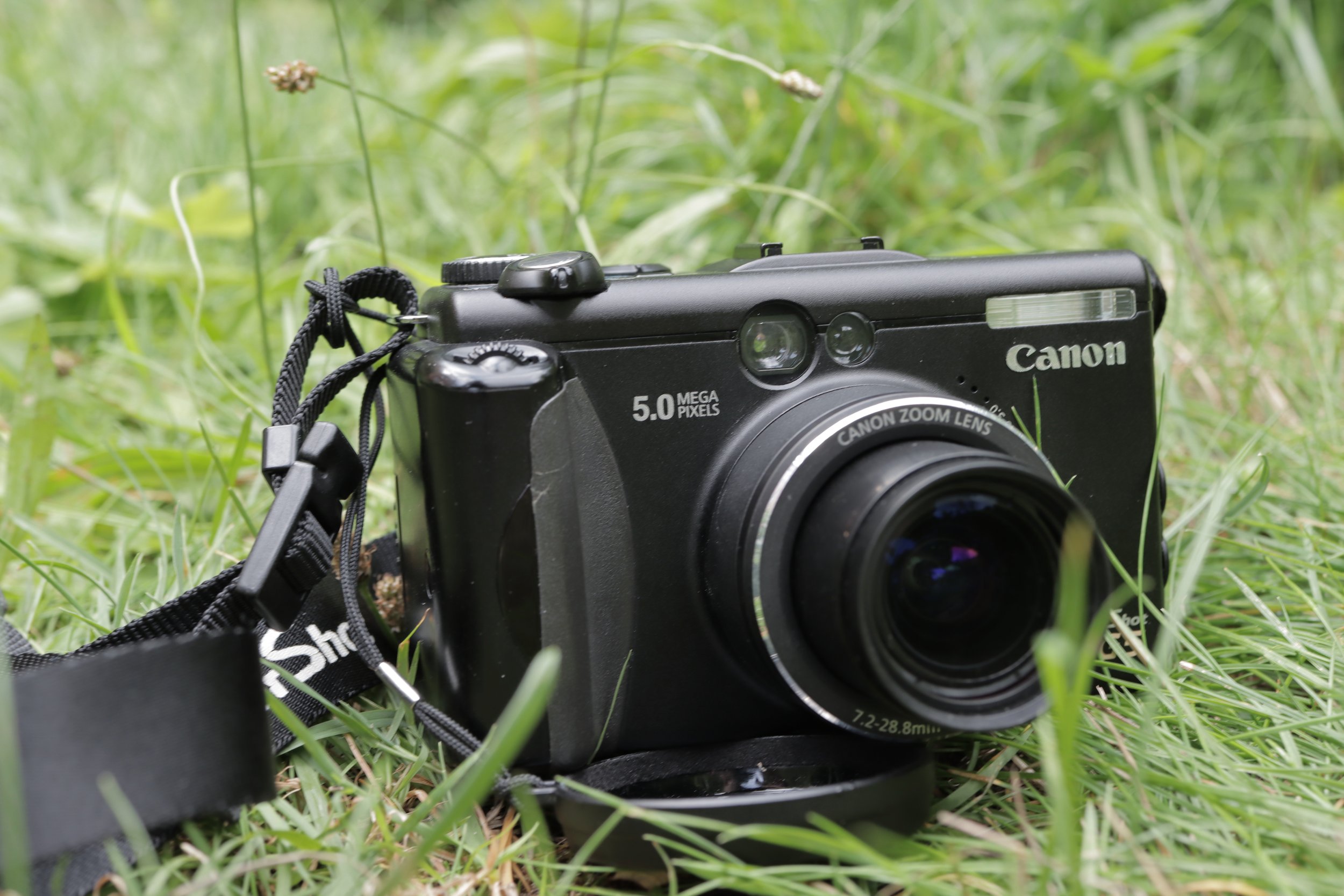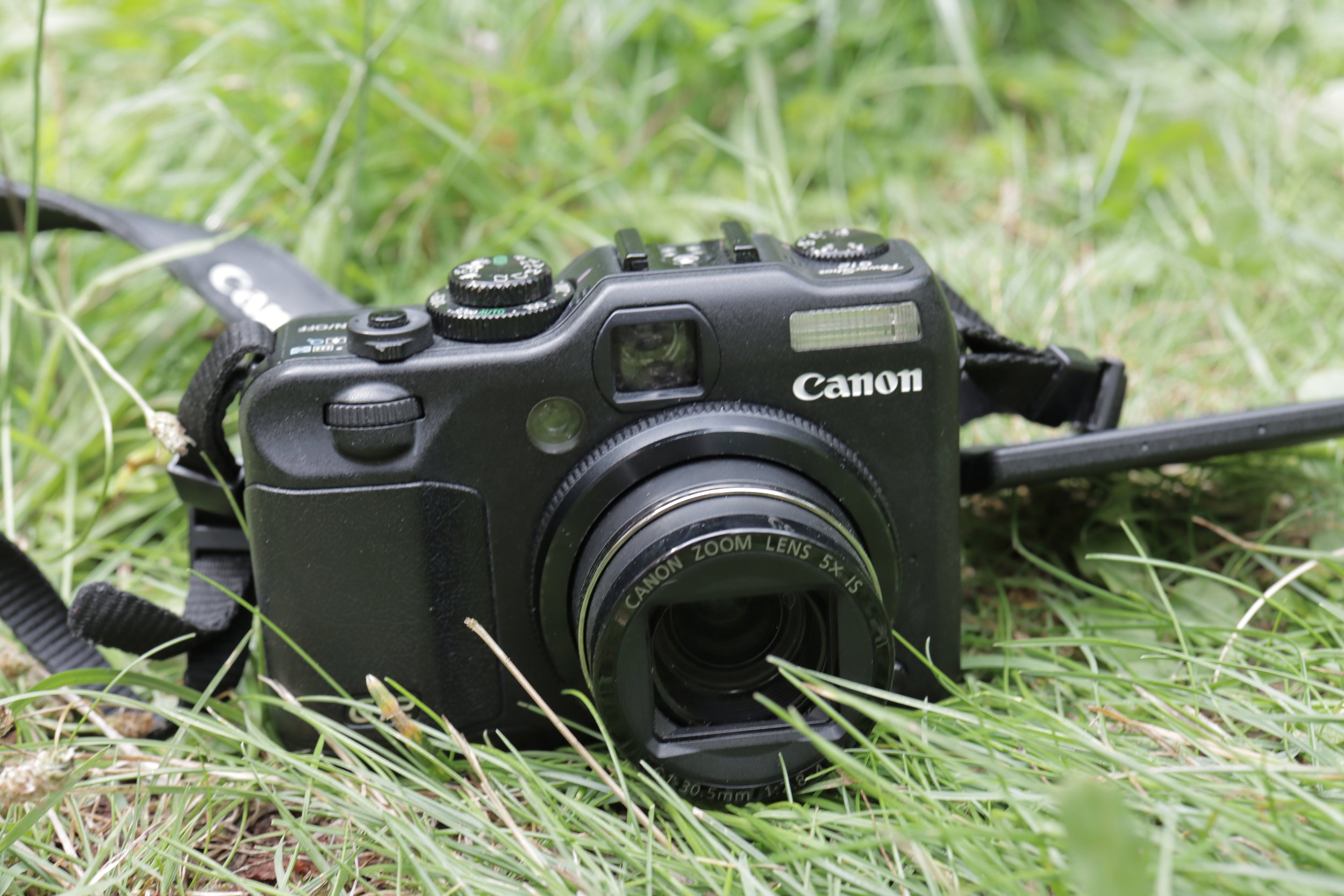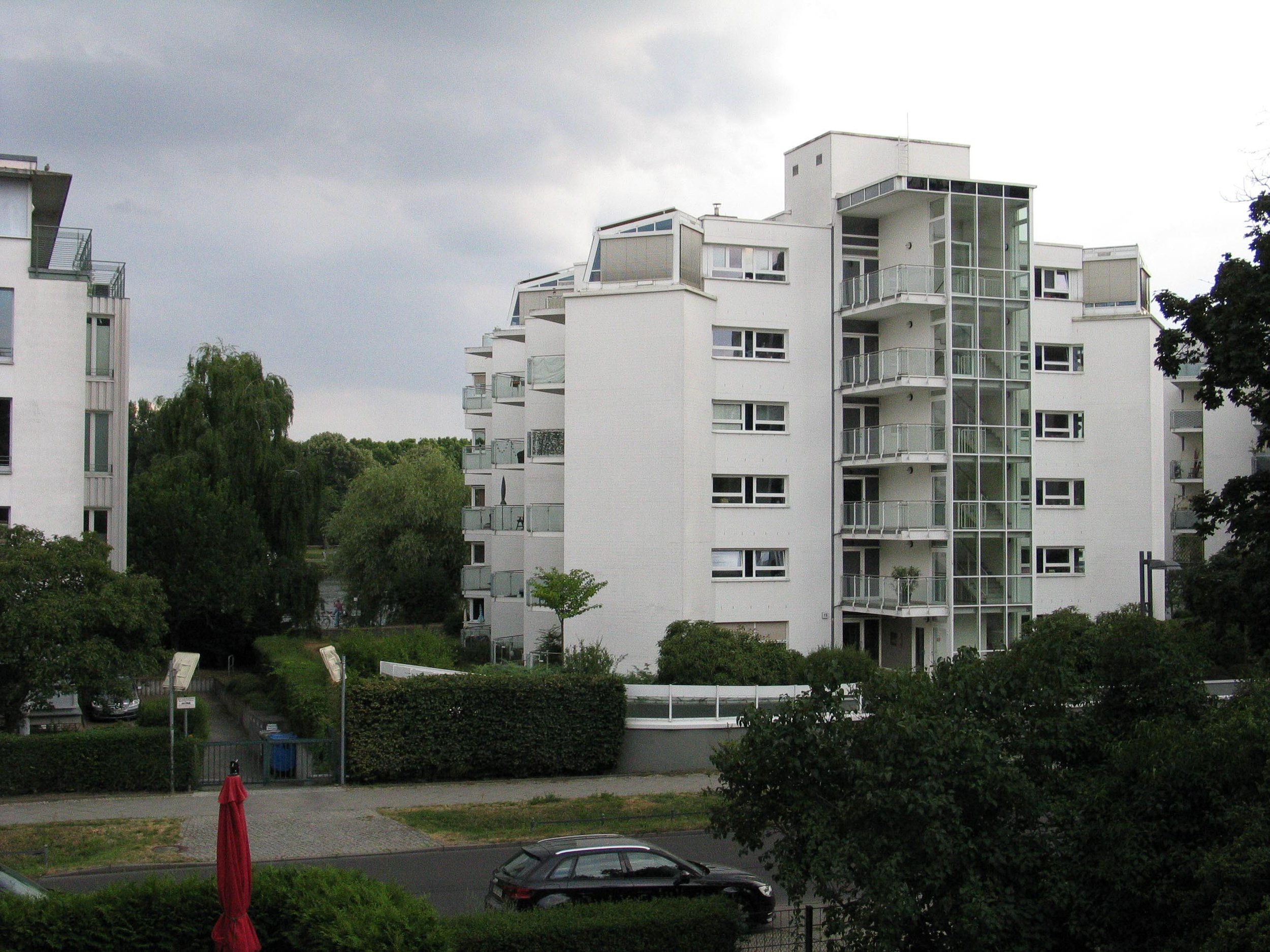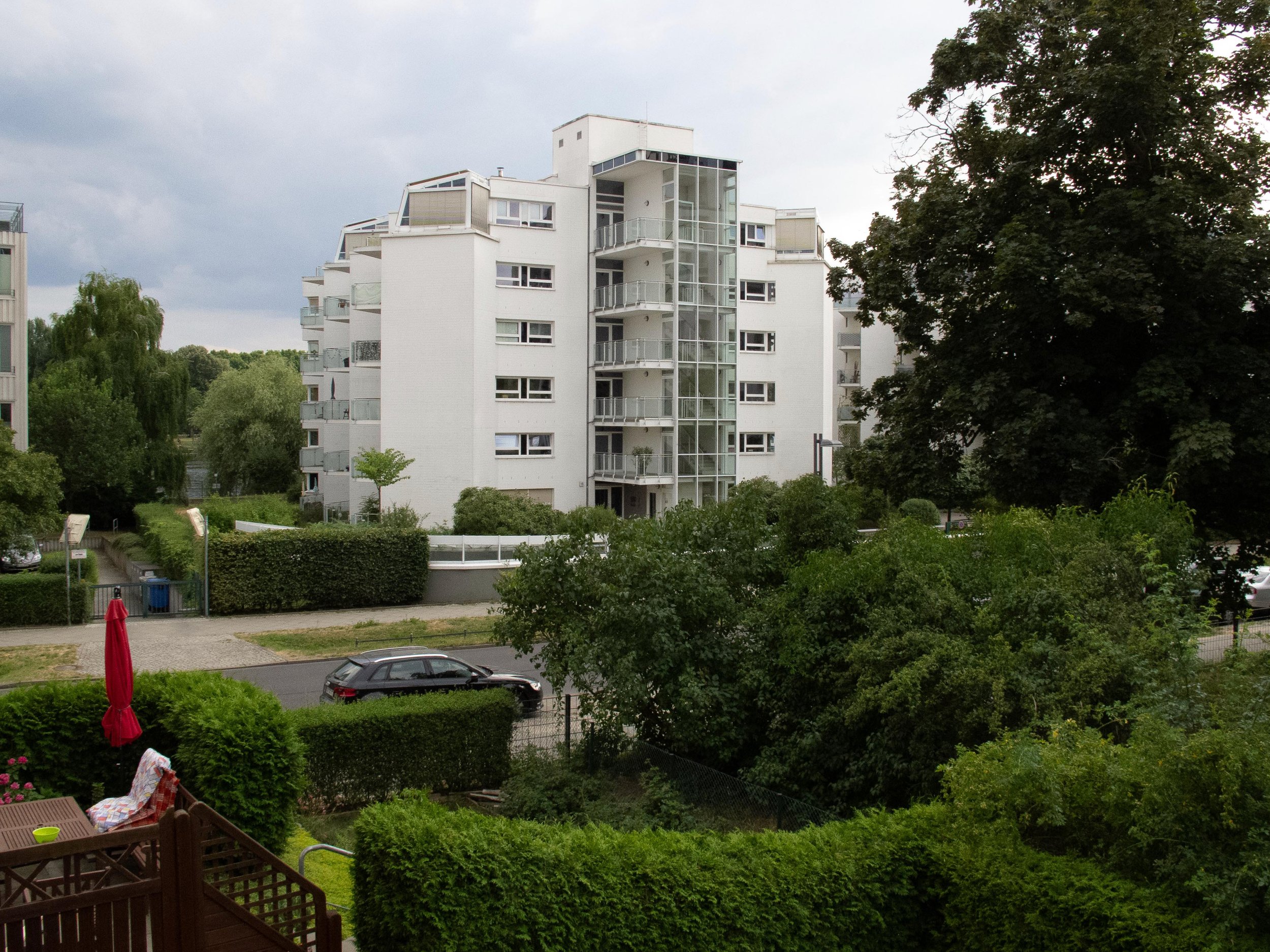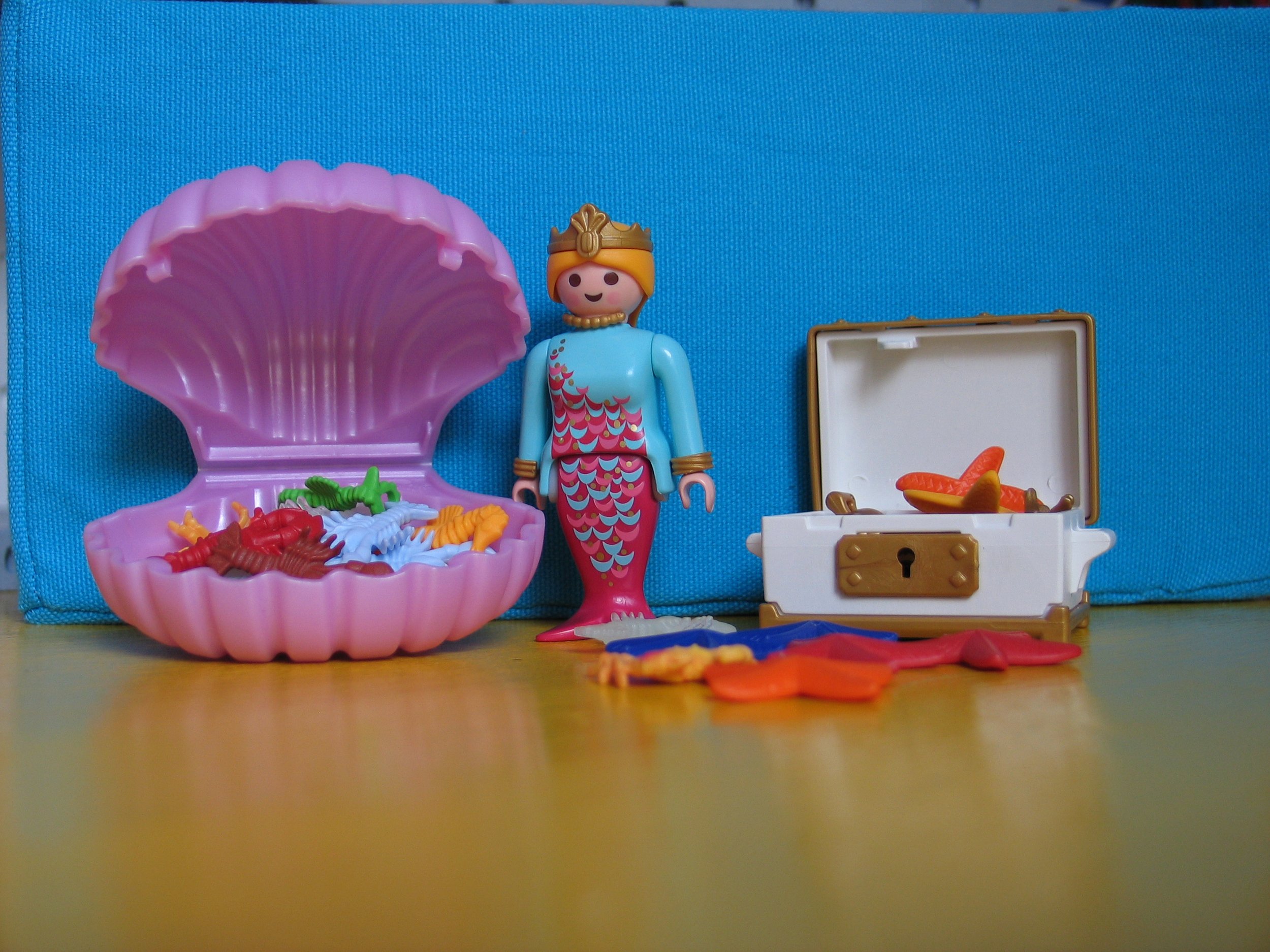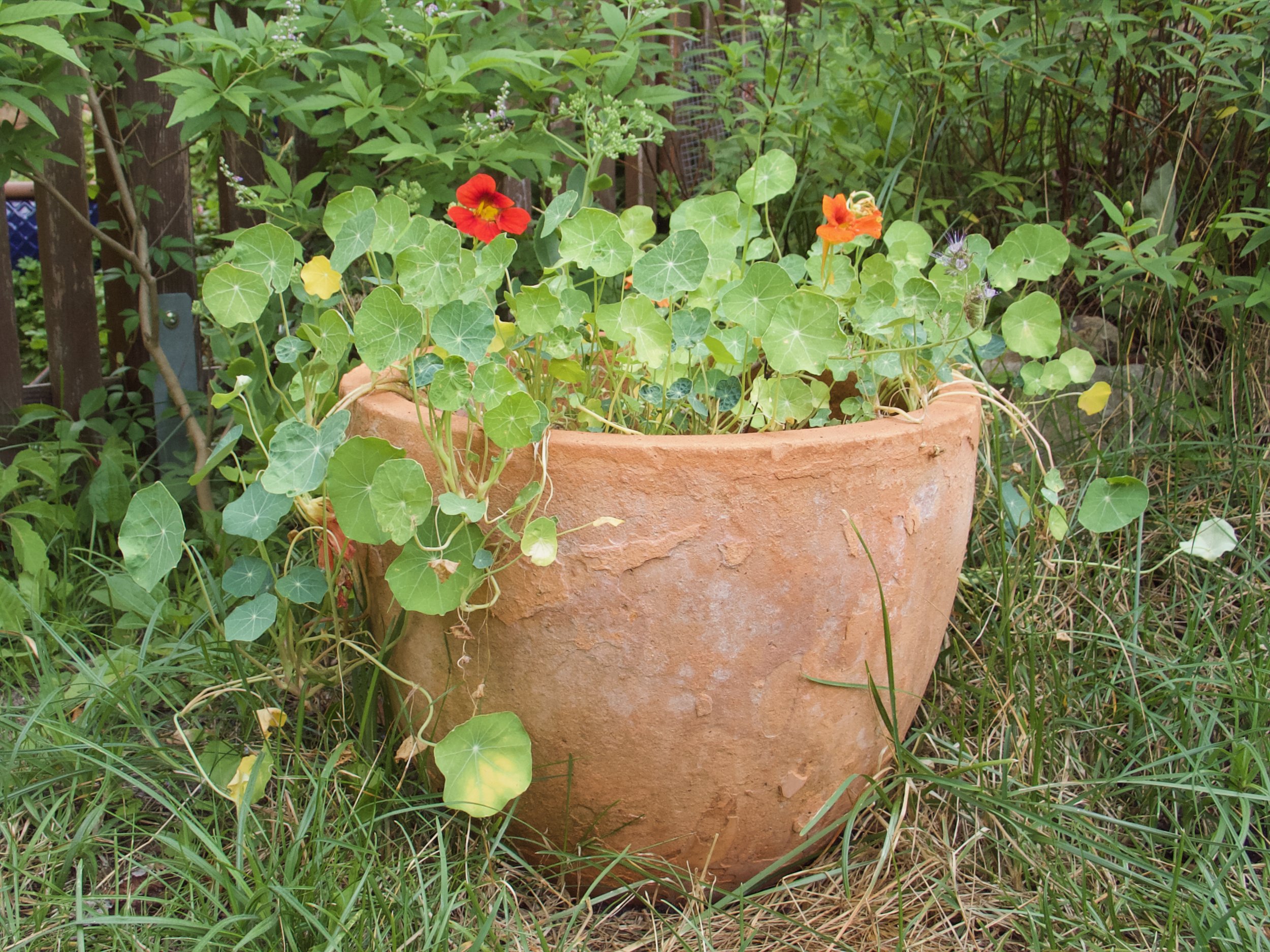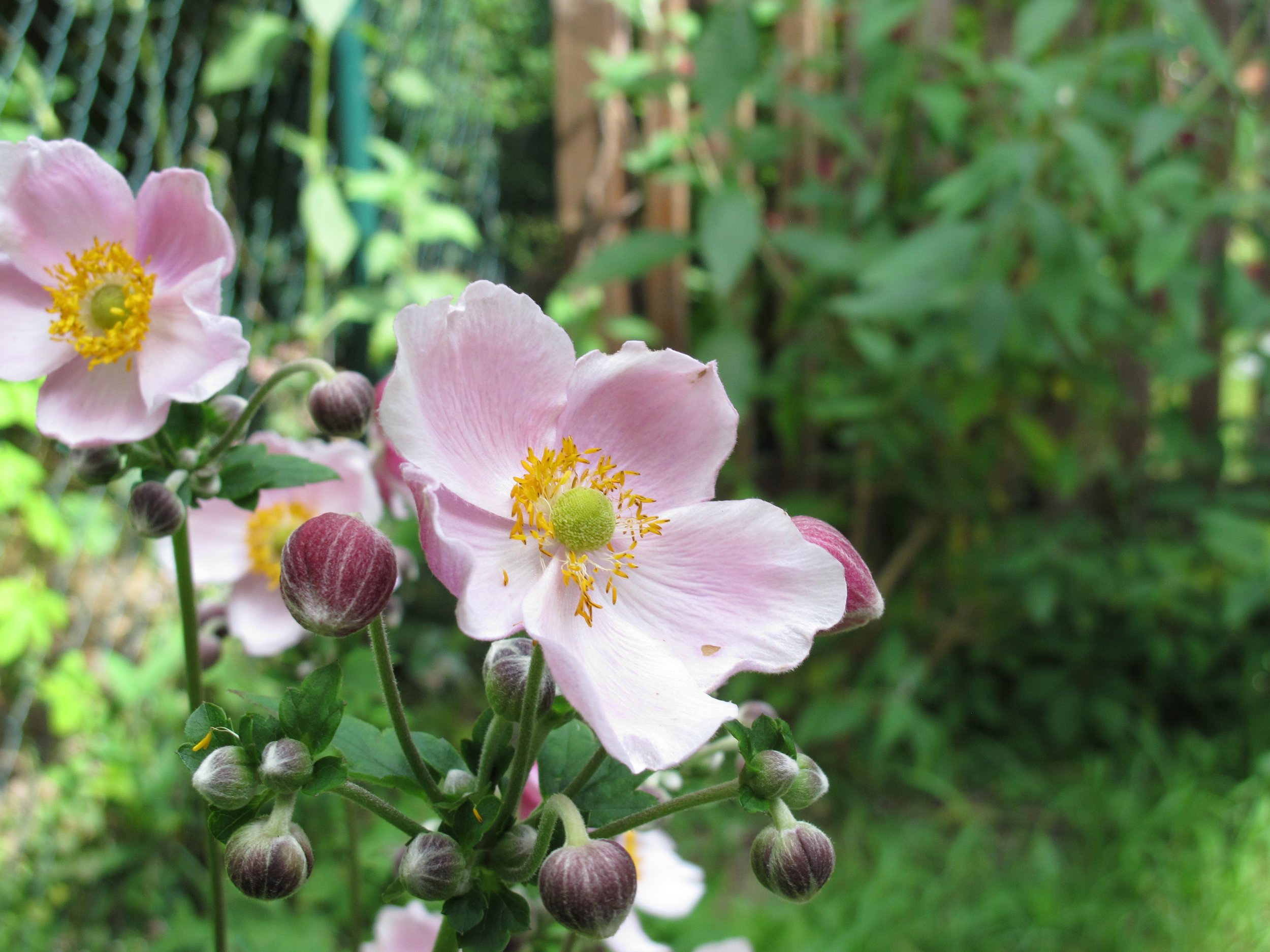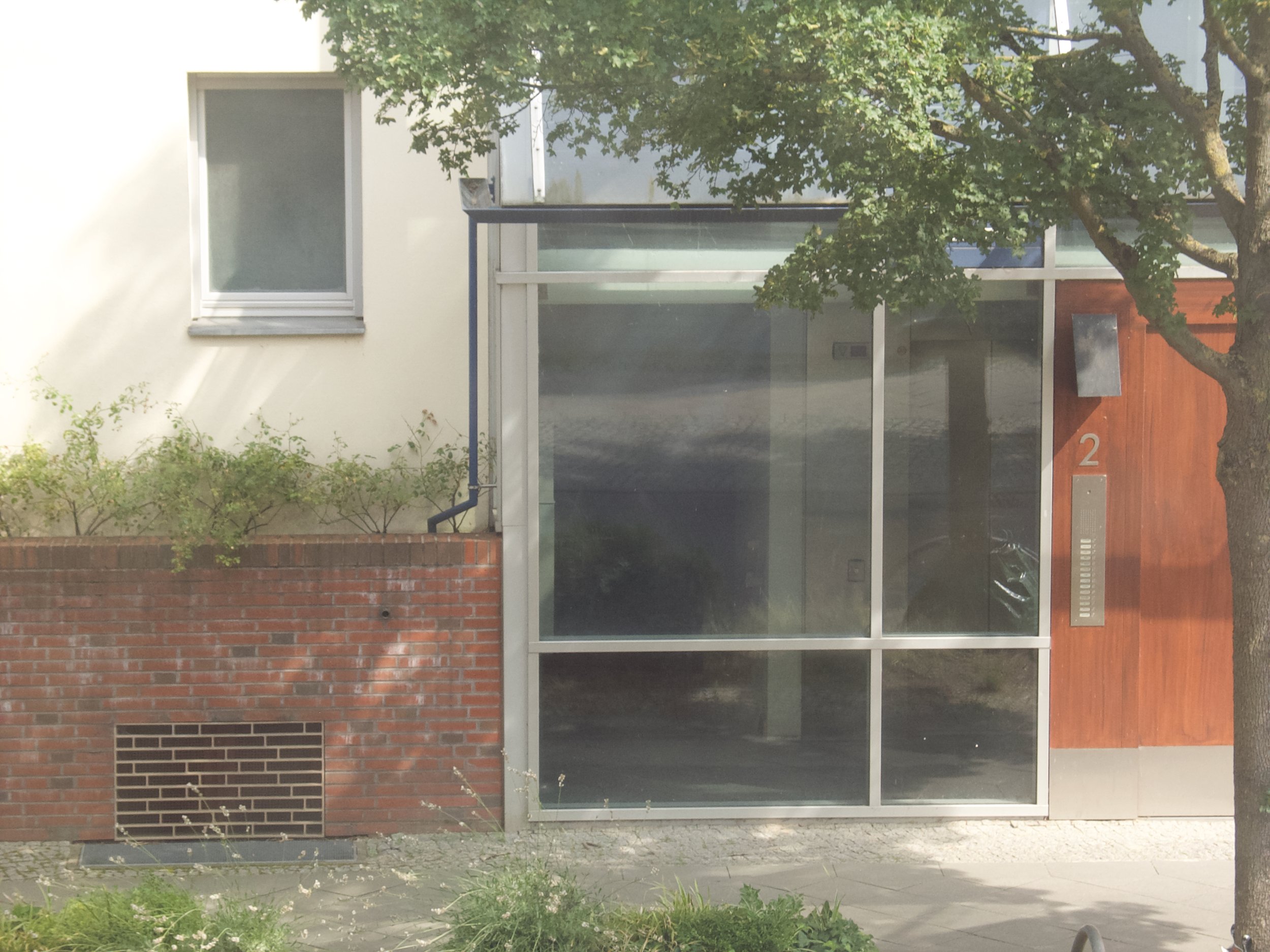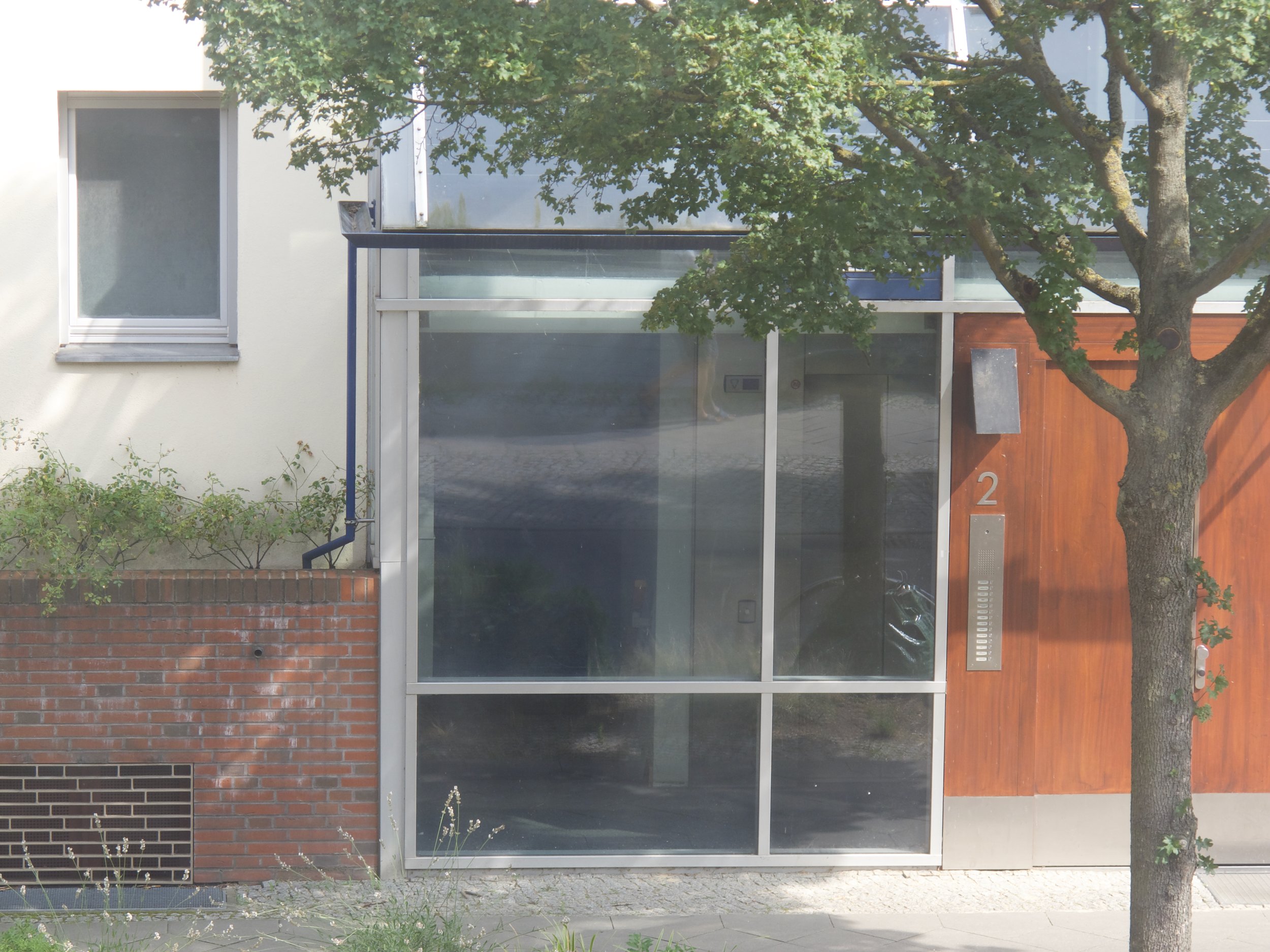Vintage Digital Photography
Using some old digital cameras in 2023
Last winter I came across some social media posts where photographers either purchased some older digital cameras on the cheap and started raving about the image quality and the shooting experience, or some older photographers dusted off their cameras. In the end, I joined that latter club.
But, as so often with aging gear, you had to get some new batteries or even the right card reader to get those cameras going again.
I did start with the Canon PowerShot G12, which was not my first digital camera. It came out in mid-2010, so I might have purchased it around 2011 or even 2012. The battery in this camera was definitely dead, but as this was quite a popular model, I had no difficulty finding a battery and charger on Amazon. The camera itself was in a very good condition and had no problems in powering up at all. It felt right in the hand, was responsive and the images it produced were actually still pretty good.
However, I also found that the images lacked a certain “vintage” feel. Pretty crisp and clean, no surprises. And of course, as the camera has a small 10 MP sensor - only 1/1.7 inch - a very shallow depth of field.
But the handling of that comparatively chunky camera is still top - manual controls, dials, menus - really nothing to complain about. Also, the weight and size make it much more agreeable to handle than, say, one of the Sony RX100 models that are notoriously small and slippery.
The second camera I have tested was the Canon PowerShot G5, which actually came out in 2003, so it was a real vintage gem that I had in my drawer. It didn’t work, so the same game began - identifying the right battery type (luckily, the very common Canon BP-511) and, awkwardly, also a card reader as this camera was still utilizing Compact Flash cards. Again, everything found on Amazon. It turned out that this camera also required a second battery, a CR 2016, which I luckily had at home.
Although this camera came out a number of generations earlier than the G12, it still felt good, and it was slightly chunkier than the G12. I noted some oddities like the exposure control or even the power switch, but other than that, the handling was good, the camera was quite reactive and easy to use. Of course, the rear display was tiny, but it was a swivel display nonetheless.
Its 5 MP sensor is still a bit smaller (1/1.8 inch) and the images definitely had that “vintage”, almost filmlike look - a bit noisy (aka grainy), relatively high contrast (but lower dynamic range from the looks of the blown-out sky on the left image below), and the colors also looked like some ancient film stock.
Both cameras have a viewfinder built in, with a diopter dial, but in both cases the viewfinders are of limited use. For quick snapshot framing fine, but other than that, the Canon G5’s viewfinder was even more useless as a large part (about a quarter) was covered by the lens barrel of the camera.
The funny part was that when I checked if the compact flash card reader and the card was working, I found some pictures from 2006 showing my then 7-year-old daughter; it was obvious that she had also taken some pictures back then - one showing a Playmobil mermaid.
Still, the Canon G5 was not without its issues. Here, the problems were a bit more pronounced not in terms of the handling or the image quality, but related to the Compact Flash Type I card. In the test sessions, I found that the camera produced some corrupted files, and it may well be that either the card slot of the camera or the card reader are responsible for the glitches. Looking up new CF cards with 256 MB was a bit, well, shocking, as for that price I would buy a high-quality SD card with 128 GB these days. So, I’m sticking with the current 256 MB CF card which gives me about 98 shots in RAW format, so an almost film camera-like experience compared to the almost endless storage on large SD cards that modern cameras can handle.
In very similar conditions, it turns out that the white balance of both cameras work differently, both were set into automatic white balance mode. Even after adjusting the picture from the G12 it is noticeably cooler. The G5 has a much warmer white balance. I will check on this difference again. These were only initial shots, and there will be more image comparisons in another post, also with more modern cameras, the Ricoh GRIII and the Fujifilm X100V.
I was also interested in getting some macro shots with both cameras. Below two shots of our anemonas, both taken at f4 (ISO 100 on the G5, ISO 200 on the G12). The G12 has a much crisper image, but personally find the out of focus rendering of the G5 more pleasing. Again, the white balance was not identical. In the cropped picture, the lower resolution of the G5’s sensor became visible, but not in an unpleasant way.
After not having used both cameras for a number of years, they still feel good and produce decent image quality. Both have quite a big zoom range (35-140mm equiv. on the G5, 28-140 on the G12), something modern smart phones can’t quite match. The optical performance of those lenses is pretty similar. Nothing to complain. The slightly milky look on both photos stems from dust on the window pane I shot those pictures through.
As a first impression after digging out the two Canon PowerShots, one almost 20 years old, the other more than 10 years, what do I take away? Both are still usable, for sure. While the older one has some storage limitations and is also quite slow saving and displaying pictures, the newer one does pretty well compared to modern cameras. Which makes me think where all the improvements in the past 10 years went. Certainly into the processing powers, the autofocus, the camera sensors, and a lot of software-driven features that I don’t miss on these cameras. Also, some newer camera models tend to have electronic viewfinders or hybrid viewfinders like the Fujifilm X100V.
Two vintage Canon PowerShots, the G5 and G12, and two not-so vintage modern classics, the Ricoh GRIII (2018) and the Fujifilm X100V (2020).
And yes, the sensors of modern compact cameras have gotten bigger, and with it the image quality and the low-light performance. From the G5’s 38.278 square millimeters to 41.51 square millimeters of the G12, and then on to the 366.6 square millimeters in both the Ricoh GRIII and Fujifilm X100V, so roughly 9-10 times more sensor area.
Also, one thing that I haven’t mentioned yet. Both camera are still operating with a CCD sensor as opposed to the CMOS sensors in most if not all modern digital cameras. Ultimately, it seems that the manufacturing of CMOS sensors became cheaper than CCD sensors, which may explain why they are today’s digital camera world.
One last point - I’ve just checked the prices for second-hand versions of the two Canon PowerShots I have tested here. The G5 comes at somewhere between 40 and 60 Euros, depending on the accessories, the G12, on the other hand is still quite a bit more expensive, running currently at EUR 150 and 250. I’d say, a G12 at 150 Euros is a good bargain if you are looking for a point-and-shoot digital camera with a good image quality. I leave it to you to consider those moneys a good investment on either of the camera.
